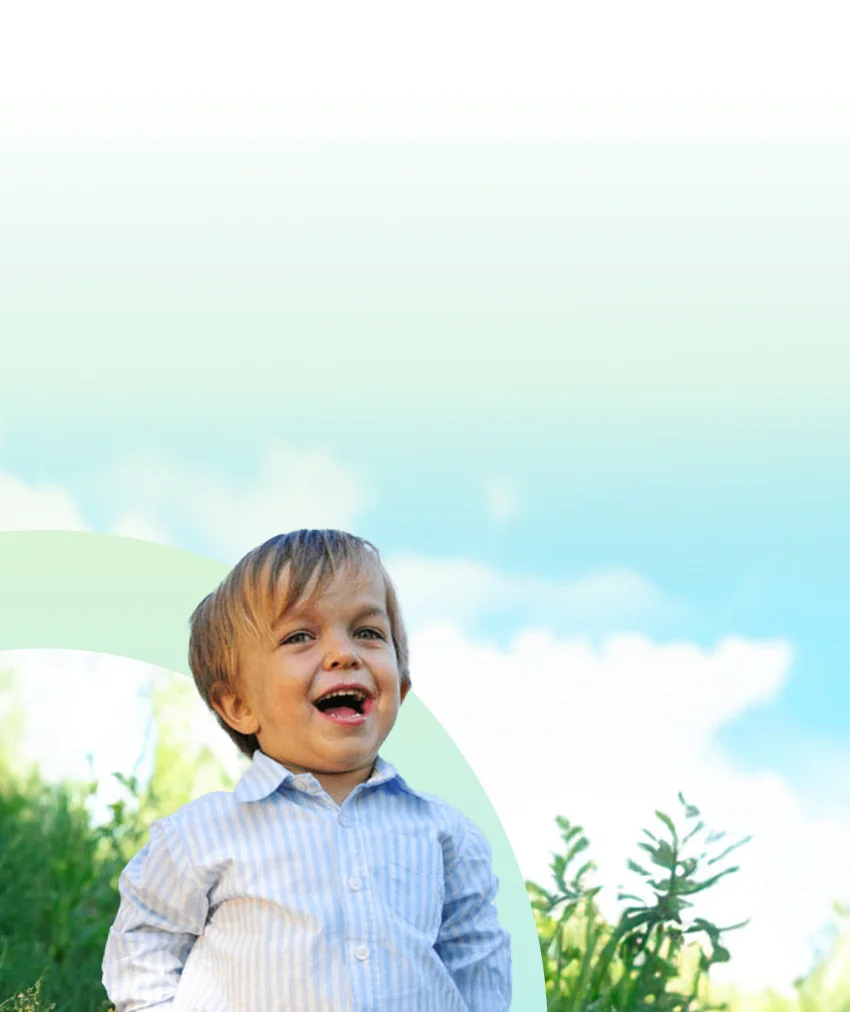Adapting your home
Adaptations and modifications
Gaining independence is a key part of your child’s development, and it’s important that they are treated in an age-appropriate way. Independence should be encouraged in tasks like getting dressed or going to the bathroom. However, children with achondroplasia often need adaptations or modifications at home and in school to help them perform these tasks independently.
The skeletal dysplasia community is very creative when it comes to modifications to promote independence. There are many tips, tricks, and devices to help people of short stature. You and your child might even create a new adaptation to share with others!
The following resources provide more information about adaptations:
- Little People of America’s (LPA) home adaptations and adaptive products
- Beyond Achondroplasia’s home adaptations and gadgets
Remember to talk to your child’s care team about any questions you may have.
Clothing
As your child gets older, finding clothing that fits and is age-appropriate may become more challenging. However, dressing your child in age-appropriate clothing is important for their confidence and self-esteem.
Tailoring may be required, which usually involves shortening the sleeves and pants. You can explore more achondroplasia-friendly clothing ideas here. Some advocacy organizations also host clothing swaps throughout the year.
